Jani-King Blog
Choosing the right cleaning service is crucial when it comes to maintaining a clean and healthy workspace. Jani-King Commercial Cleaning
In the world of hospitality, where customer loyalty hinges not just on the amenities but on the entire brand experience,
In the dynamic landscape of the banking and financial sector, online banking has reshaped customer interactions, yet the significance of
Harnessing the potential of your 2023 tax refund could be the pivotal step toward realizing your dreams of entrepreneurship with
As winter loosens its grip, it’s the perfect moment to infuse vitality into your commercial space through a thorough spring-cleaning
National Cleaning Week, spanning from March 24 to 30 stands as an annual beacon encouraging individuals and communities to rally
Choosing the right cleaning service is crucial when it comes to maintaining a clean and healthy workspace. Jani-King Commercial Cleaning
© 2024 Jani-King International, Inc. All rights reserved.
Corporate Office: 16885 Dallas Parkway • Addison, TX 75001
1 (800) JANIKING
About Jani-King
© 2024 Jani-King International, Inc. All rights reserved.
Corporate Office: 16885 Dallas Parkway • Addison, TX 75001
1 (800) JANIKING
About Jani-King
© 2024 Jani-King International, Inc. All rights reserved.
Corporate Office: 16885 Dallas Parkway
Addison, TX 75001











